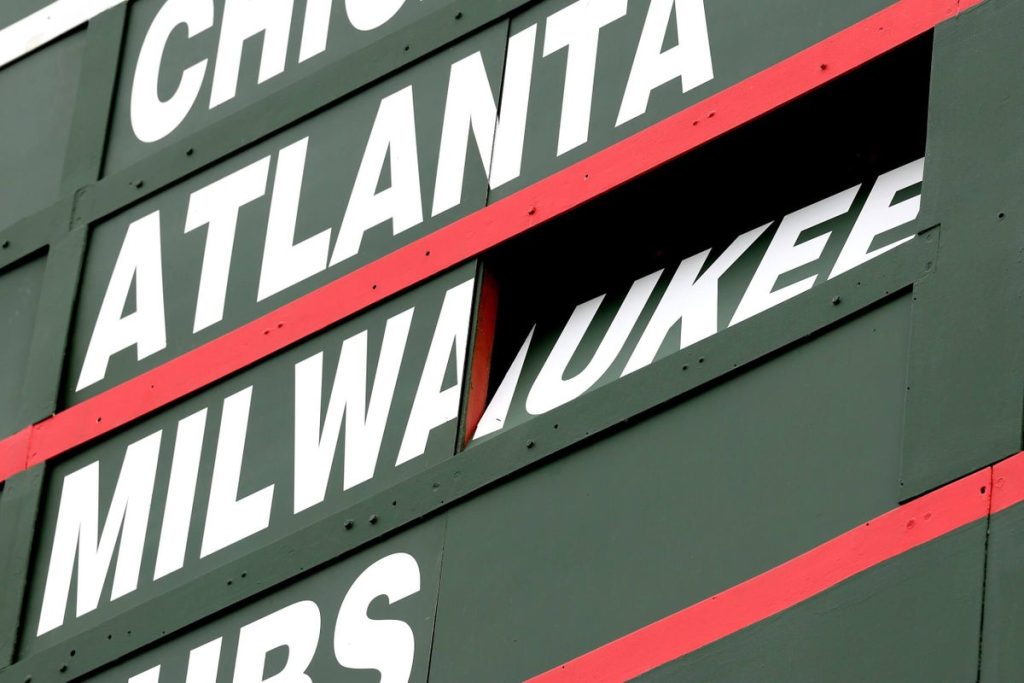The Arizona Diamondbacks appeared to be out of the race. Their star pitcher was injured, they made trades to weaken their roster, and their playoff chances plummeted to a mere 0.4 percent by September 1. They seemed easy to overlook.
However, they rebounded by winning 13 out of their last 19 games, closing the gap to just a game and a half from a National League wild-card position.
This situation illustrates the dual nature of Major League Baseball’s recent postseason expansion. The addition of three wild-card spots in each league offers opportunities for teams like the Diamondbacks, the Cleveland Guardians, or last year’s Detroit Tigers, prolonging the relevance of many teams until the season’s end. Conversely, the top teams lose some of their advantages, as lower-tier teams can disrupt the standings at critical moments.
Is this broad competitiveness beneficial or detrimental to the sport? Does the wild-card system ensure that capable teams advance to October, or does it serve as a mere participation trophy that undermines the achievement of genuinely elite teams securing victories in the regular season? Is this aspect of the playoff format a feature or a flaw?
There’s no definitive answer, and the optimal playoff structure can vary from year to year. To consider this, let’s explore how this season’s playoff race might look under past formats.
Current Format
- Total playoff teams: 12
- Teams within 5 games of a playoff spot: 18
- Close races (within 3 games): 4
Being within five games at this stage isn’t particularly close— for example, the Chicago Cubs trailed the Milwaukee Brewers by five games in the NL Central, but were given only a 1.2 percent chance to win the division. Yet it remains enough to keep hopeful fans engaged. As of Thursday, FanGraphs assigned at least a 7 percent chance of postseason play to 15 teams.
2012-2021: The Play-In Era
- Total playoff teams: 10
- Teams within 5 games of a playoff spot: 14
- Close races (within 3 games): 3
In this period, the wild-card races would be less intense overall, with division races in both the AL and NL West heating up significantly, given that losing teams would face only a one-game playoff option. This setup could create thrilling matchups, like a Yankees vs. Red Sox Wild Card Game, showcasing the stakes for teams fighting to stay alive.
1995-2011: Wild-Card Era
- Total playoff teams: 8
- Teams within 5 games of a playoff spot: 12
- Close races (within 3 games): 3
This format, which emerged after significant realignment, allowed for the best second-place team’s entry into the playoffs. In this scenario, tight competition would characterize the AL West, with teams like the Astros and Mariners unable to rely on easy wildcard access.
1969-1993: Two-Division Era
- Total playoff teams: 4
- Teams within 5 games of a playoff spot: 9
- Close races (within 3 games): 2
This simplified era featured only two divisions, allowing division winners to face off in the League Championship Series, creating stark competition but leaving many teams feeling eliminated early in the season.
1903-1968: World Series Era
- Total playoff teams: 2
- Teams within 5 games of a playoff spot: 6
- Close races (within 3 games): 1
During this period, the regular season was often unforgiving, with entire leagues rendering many teams hopeless by September. A format like this today would overshadow exciting storylines, replacing them instead with a quest for playoff glory that only a few teams could realistically achieve.



